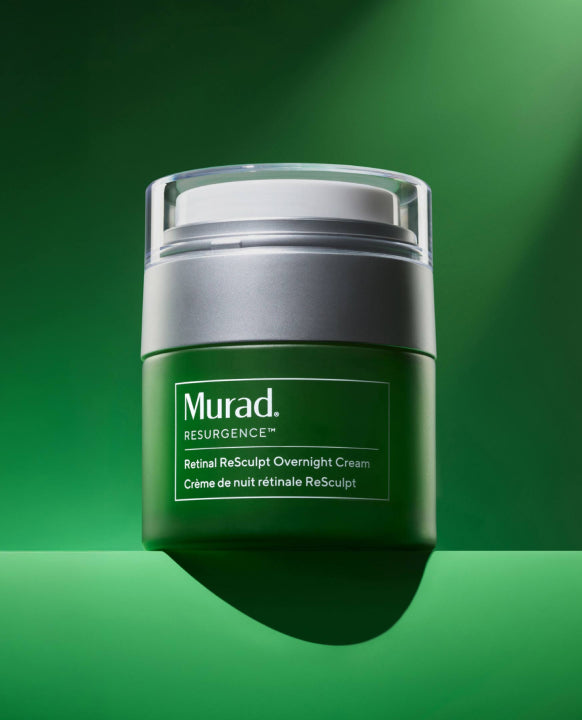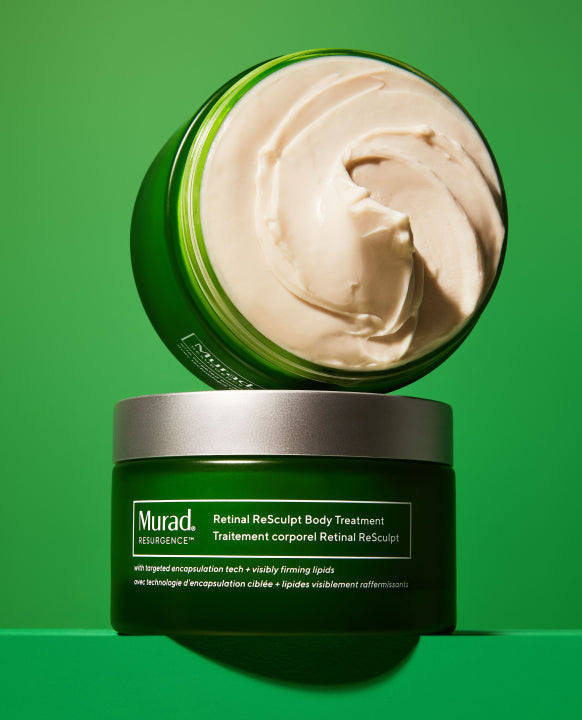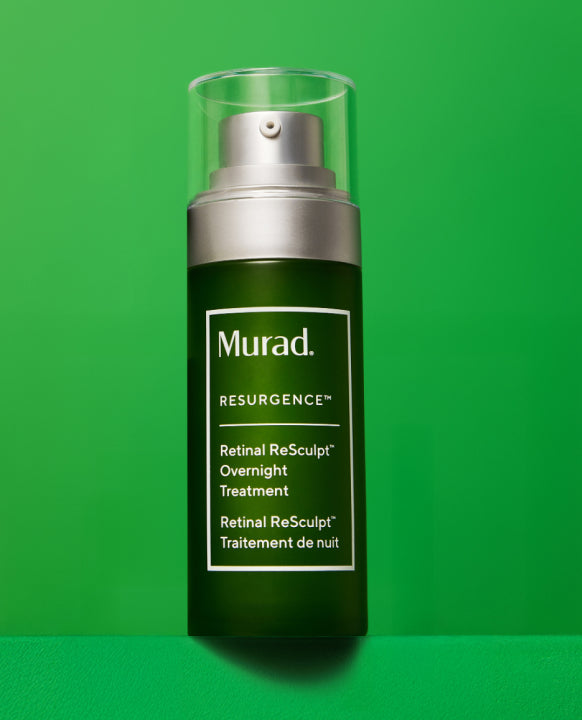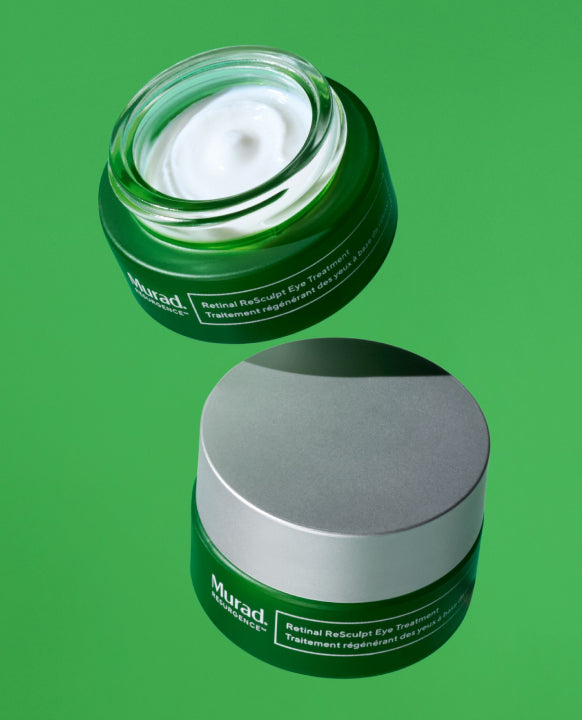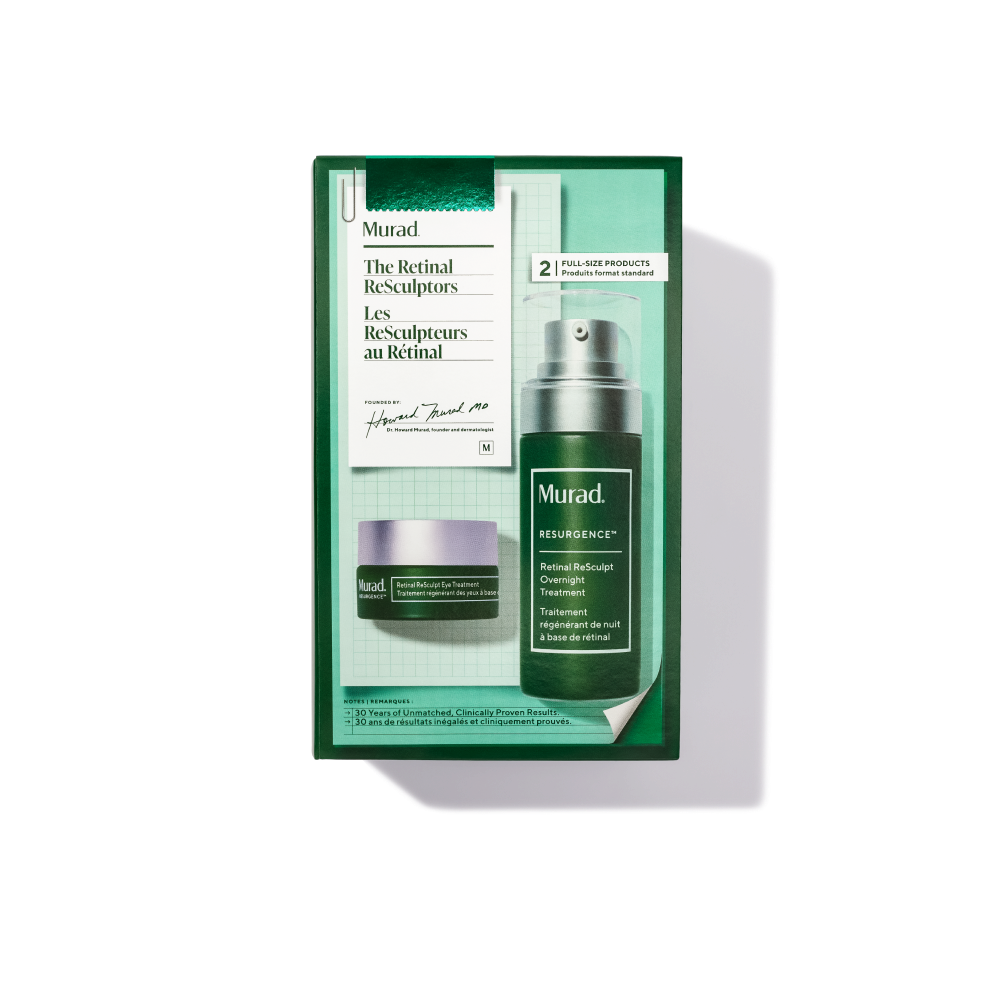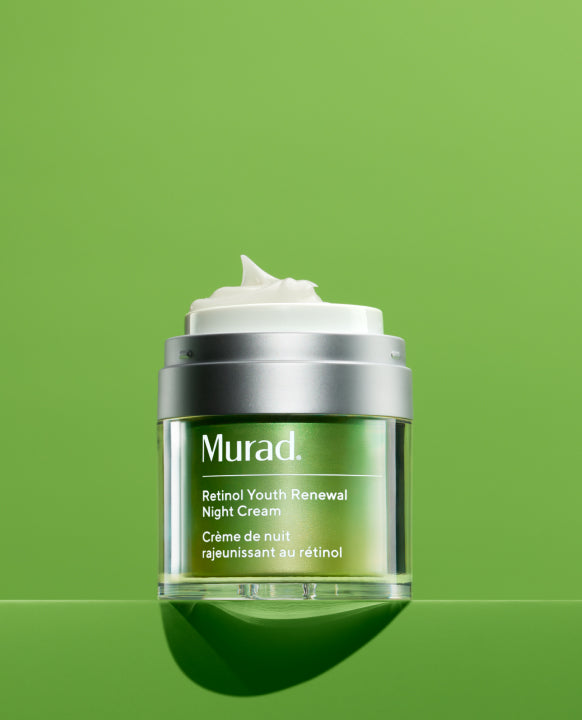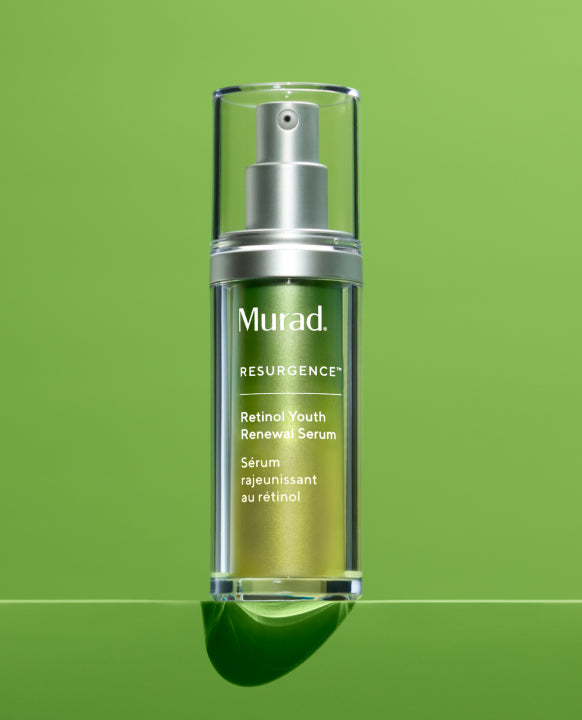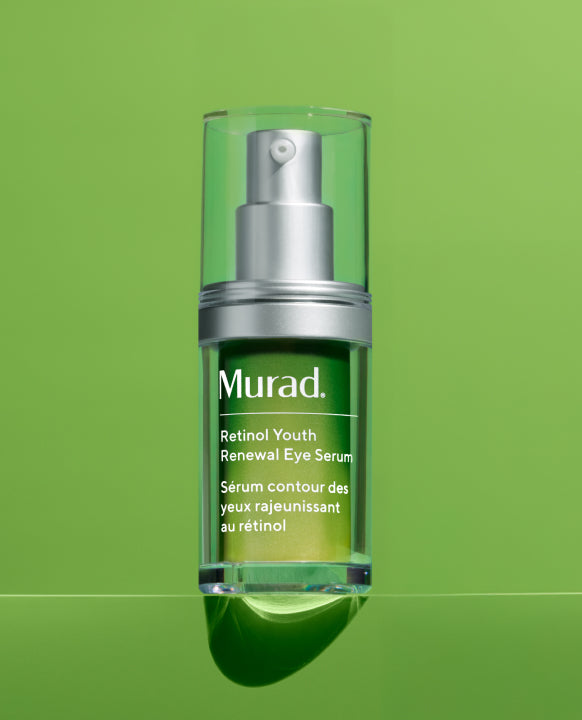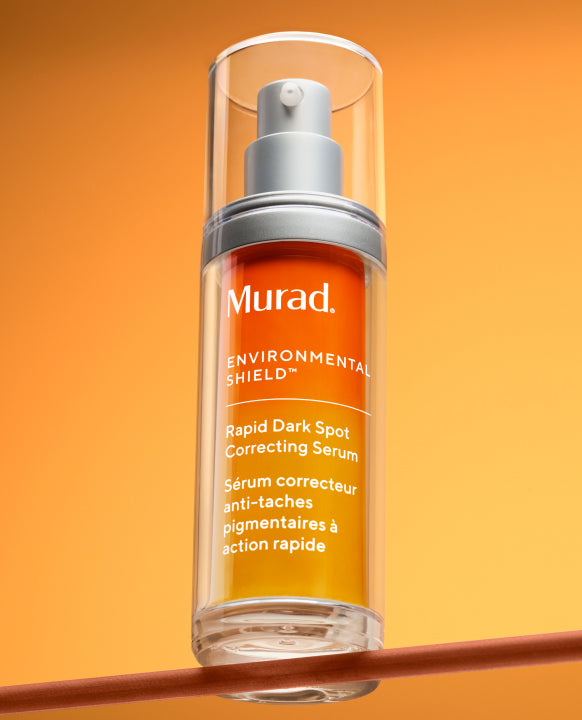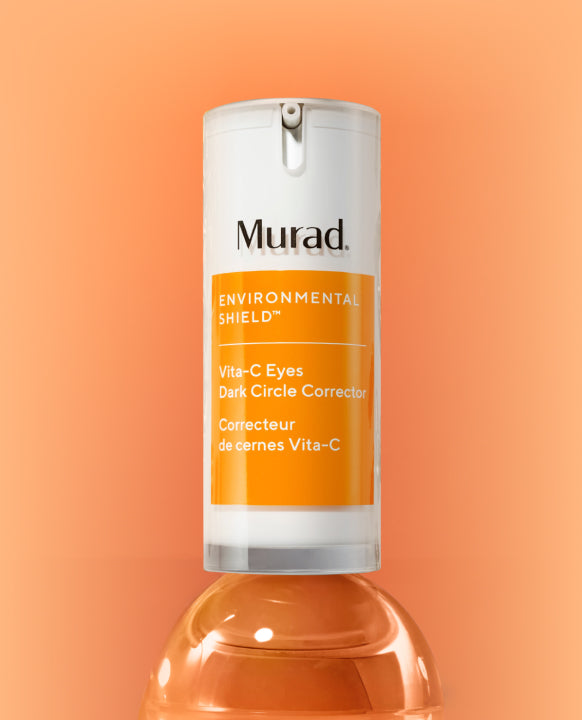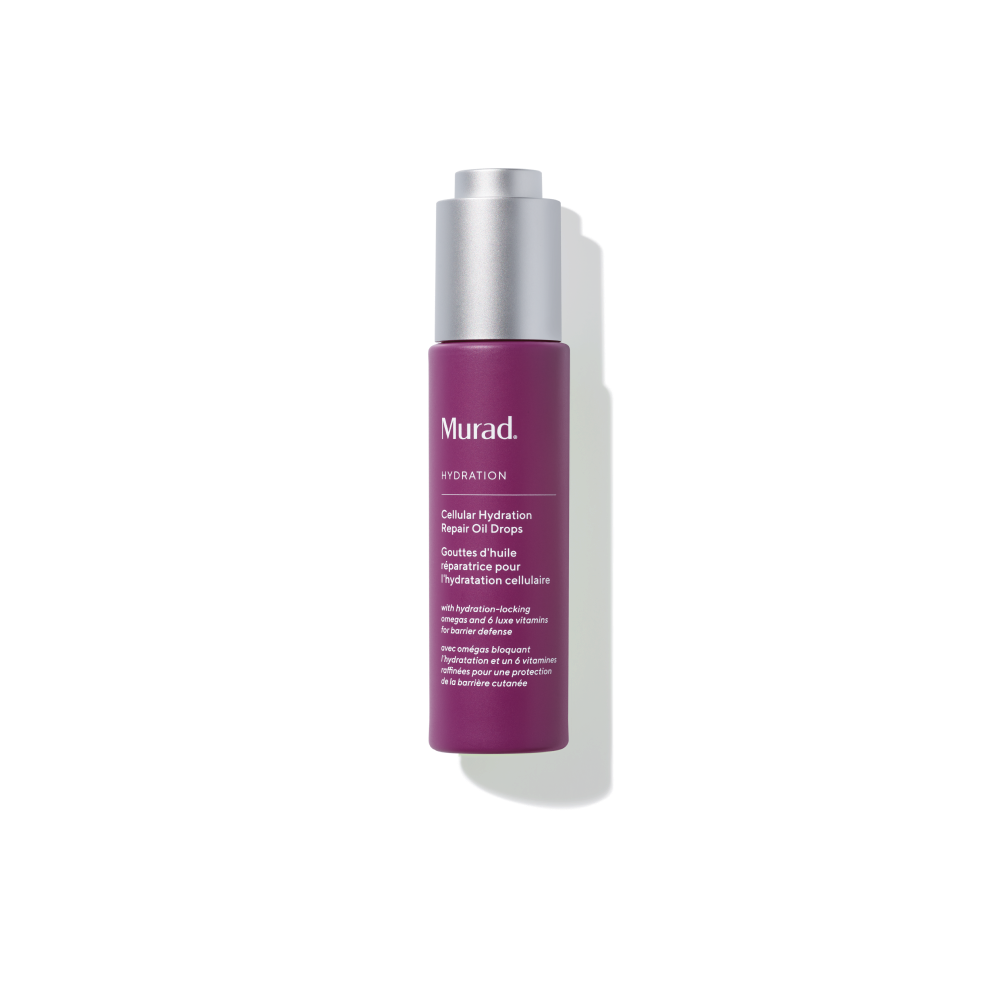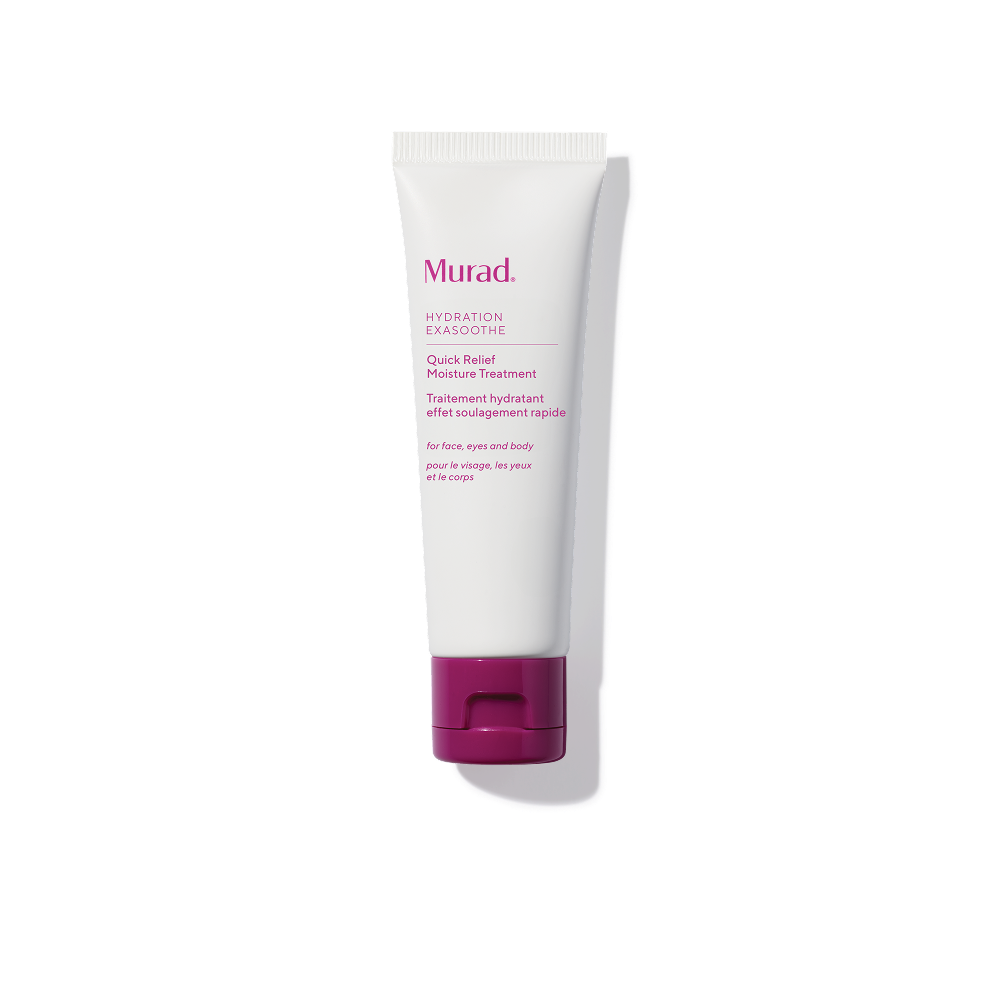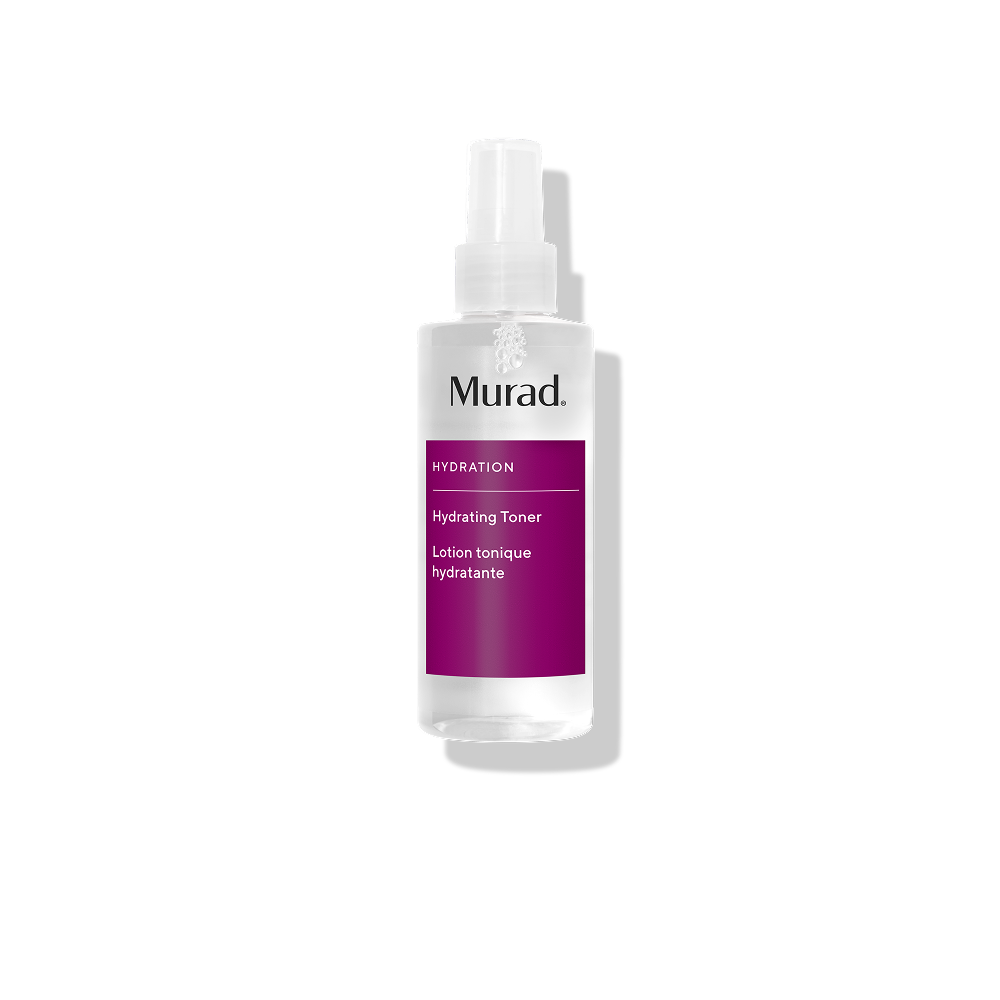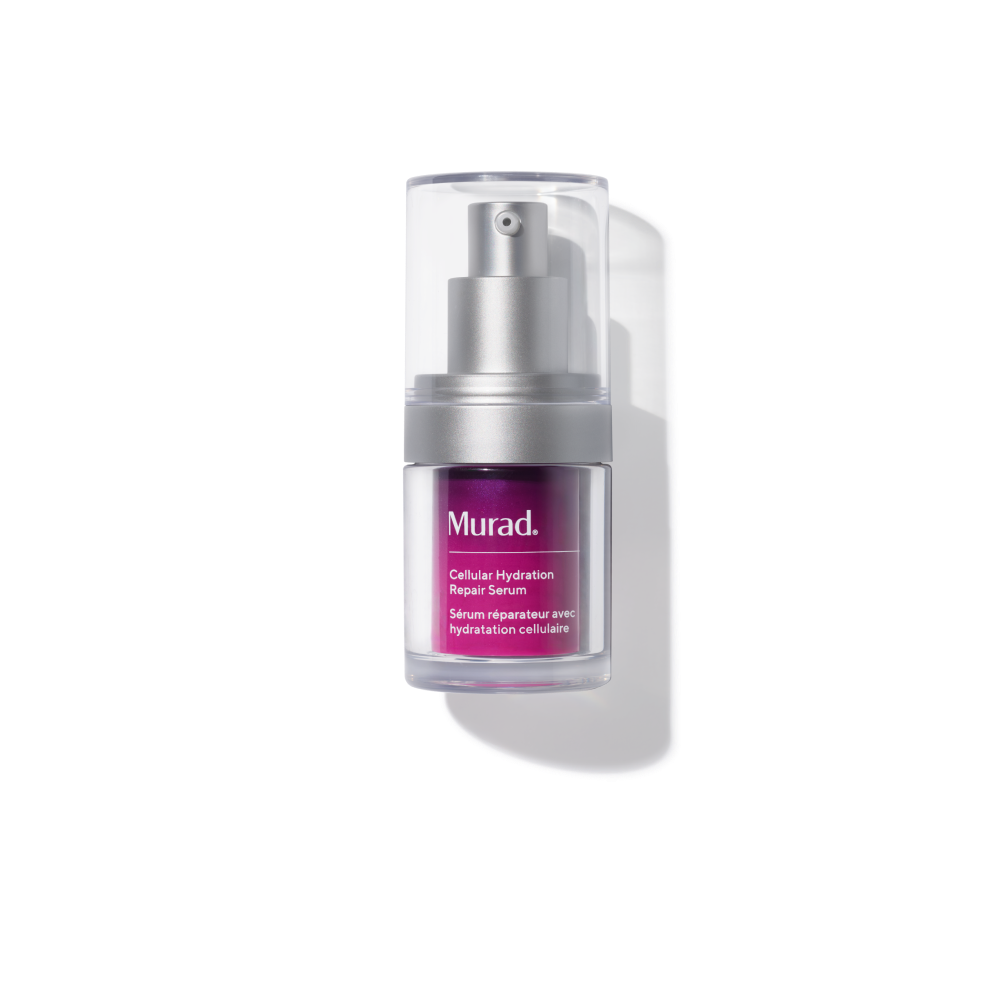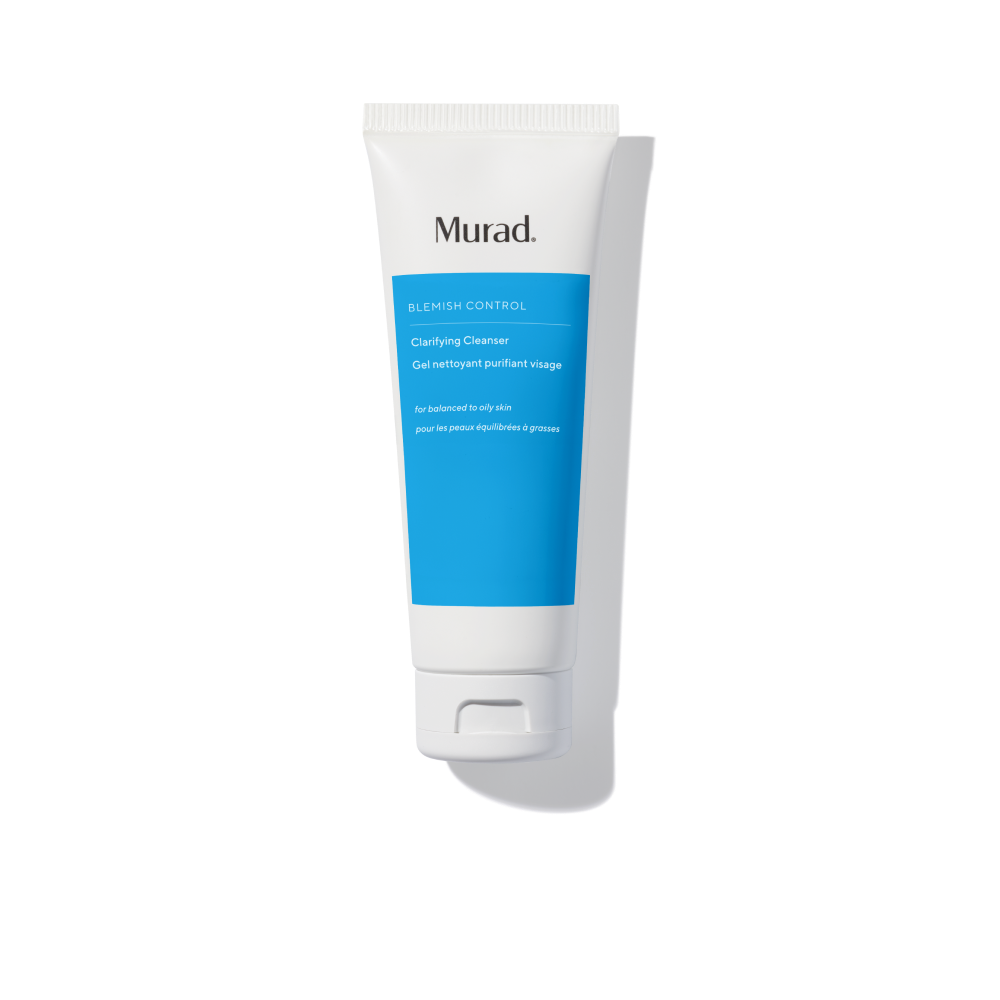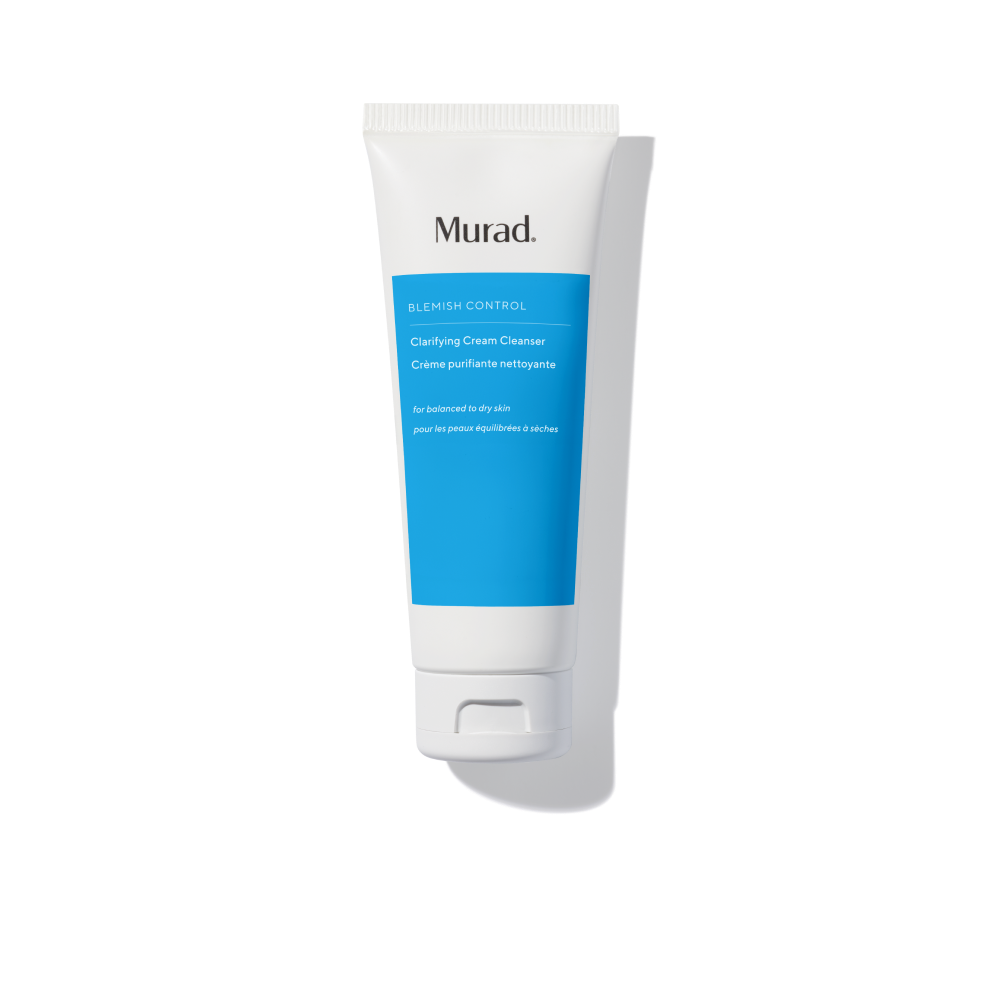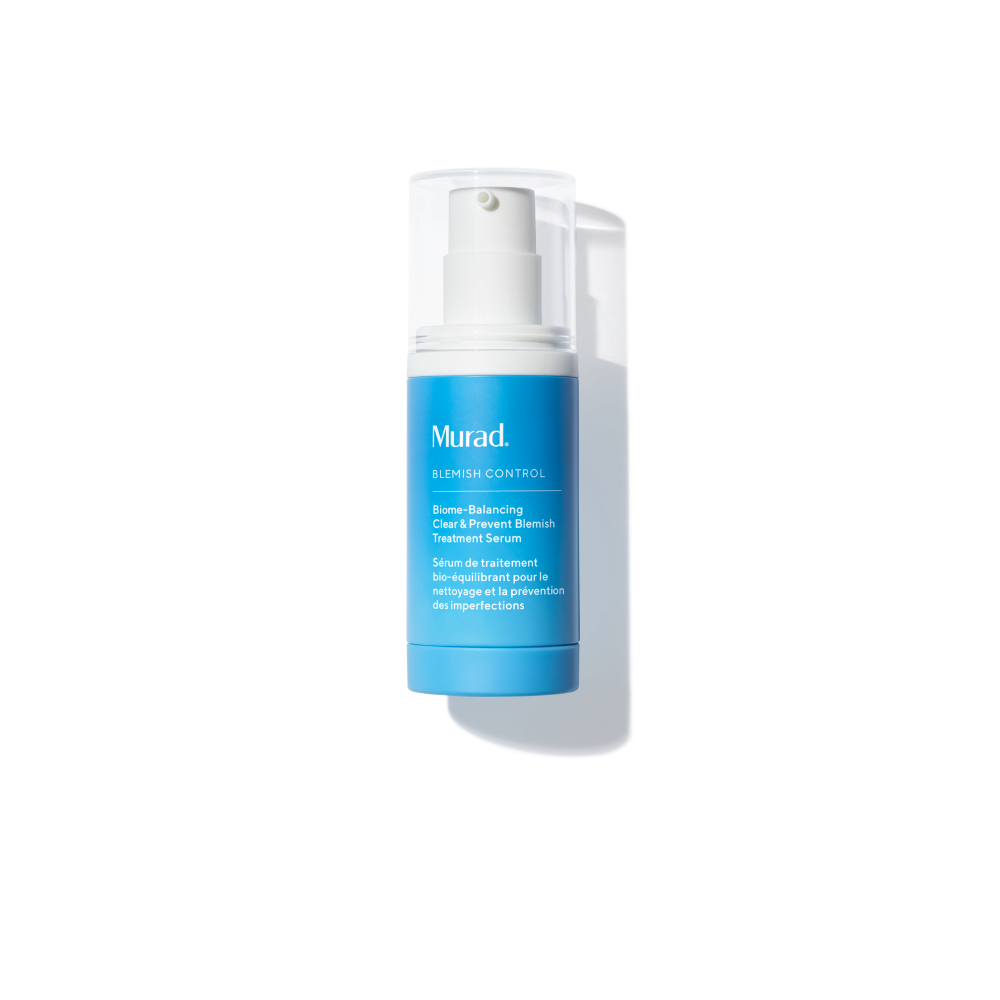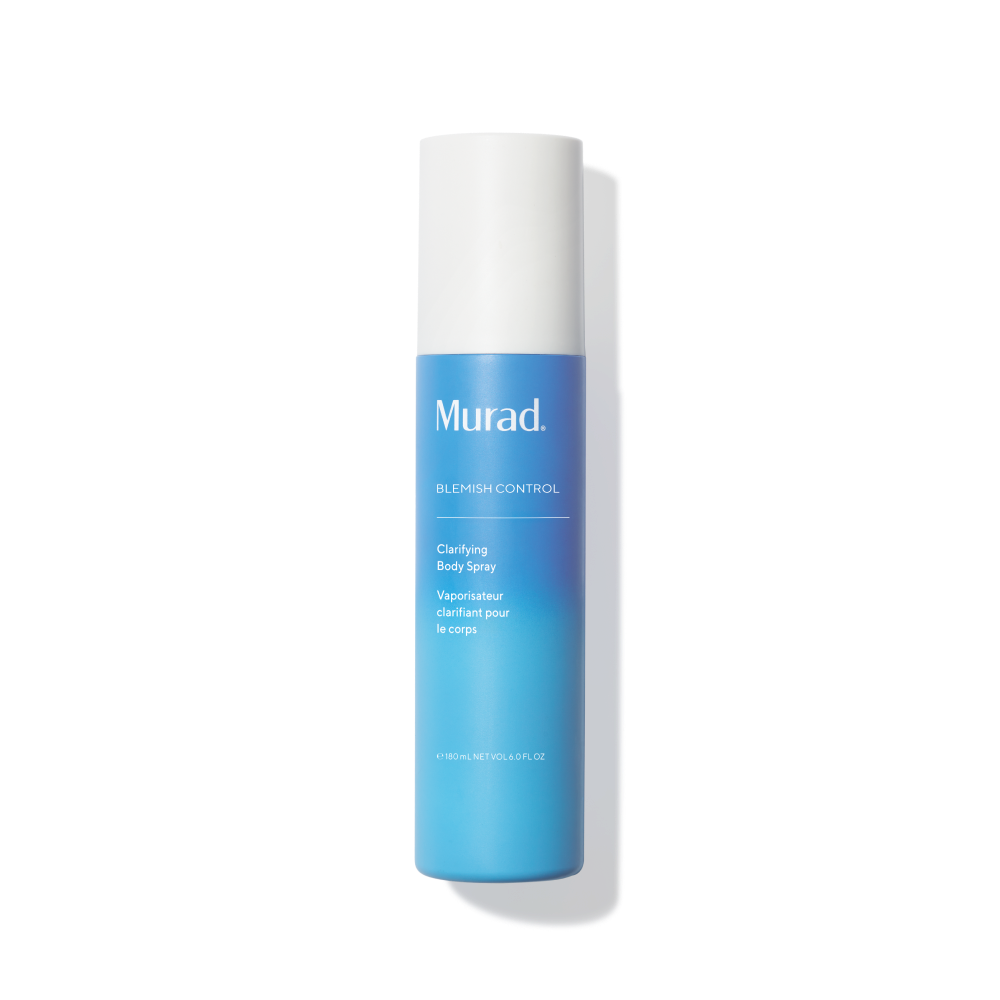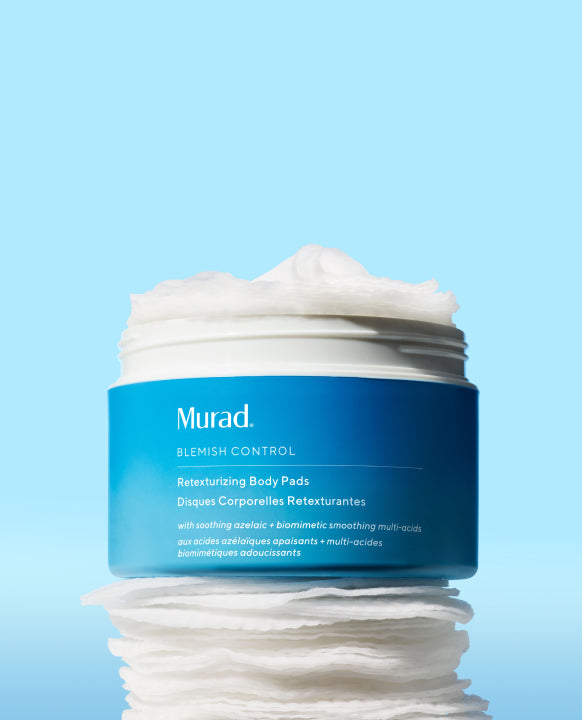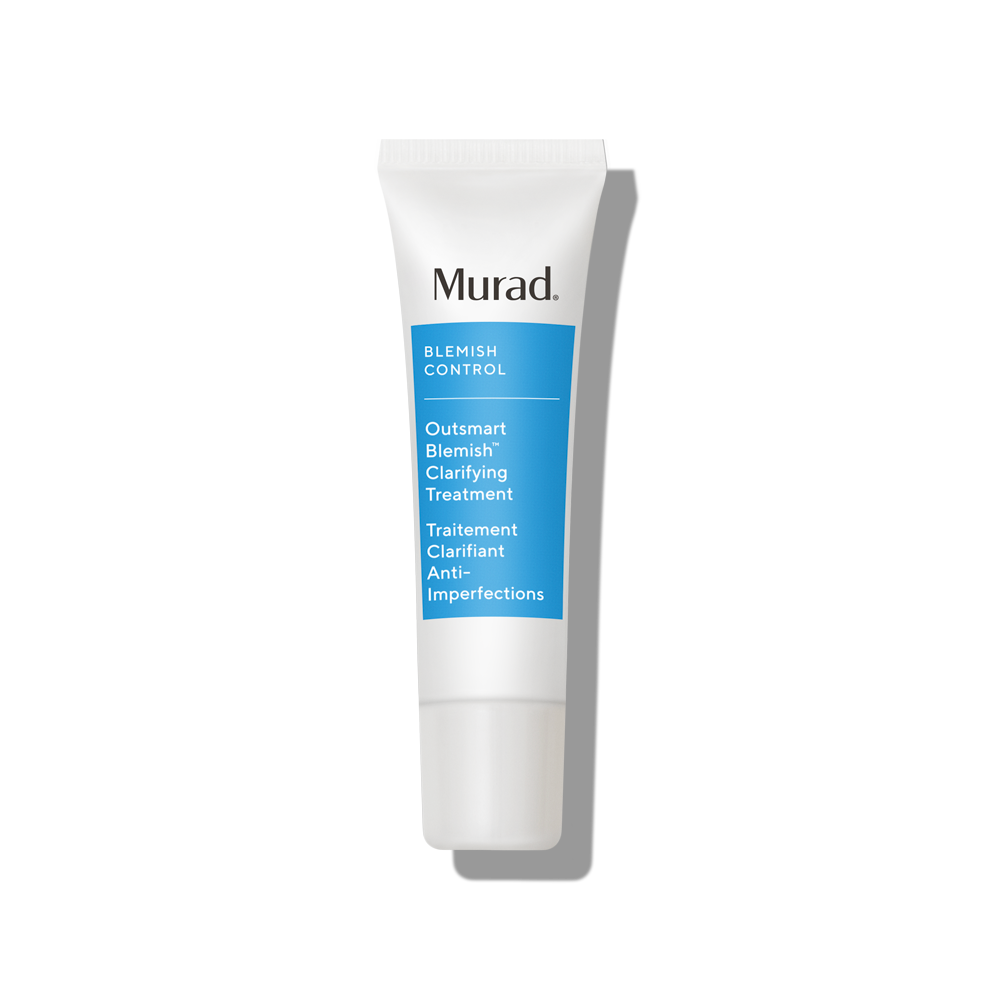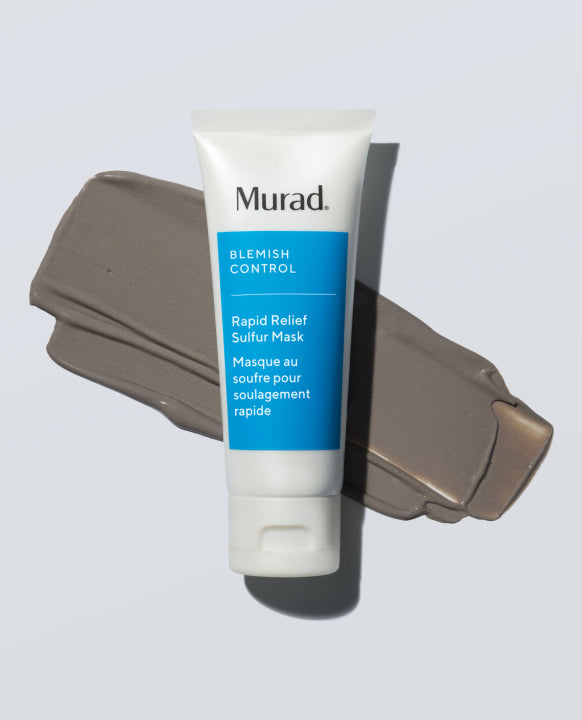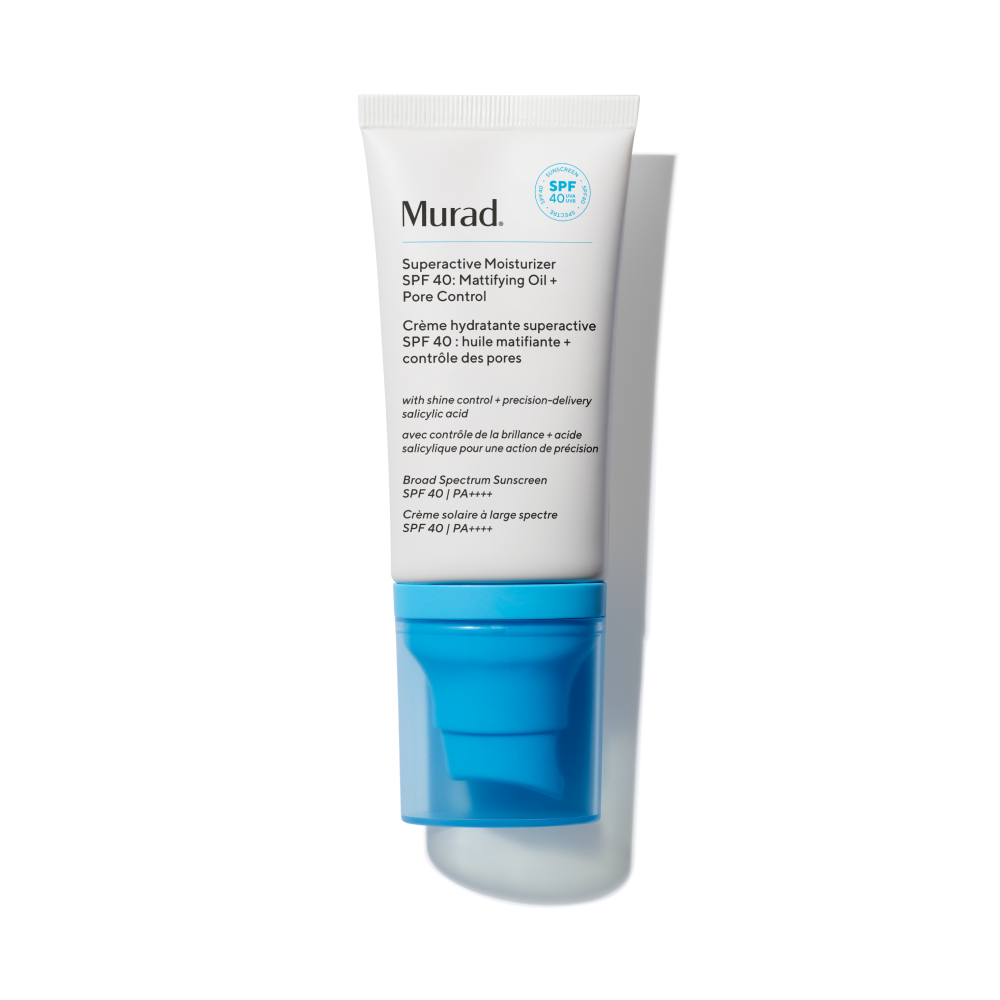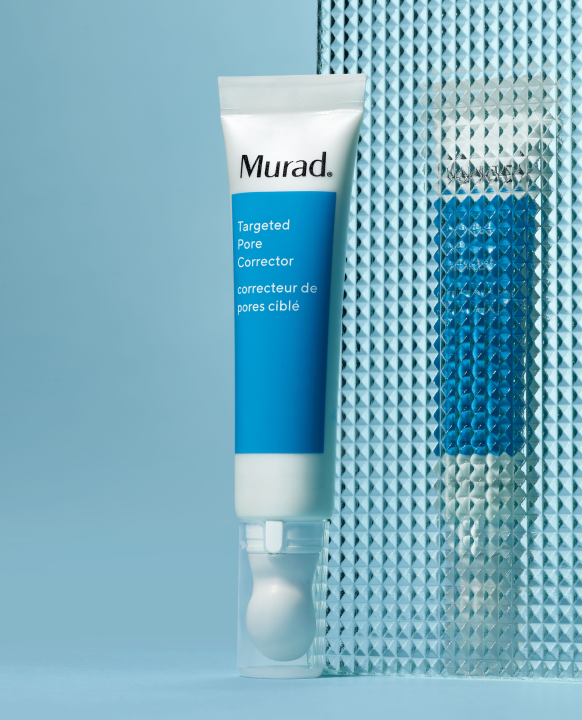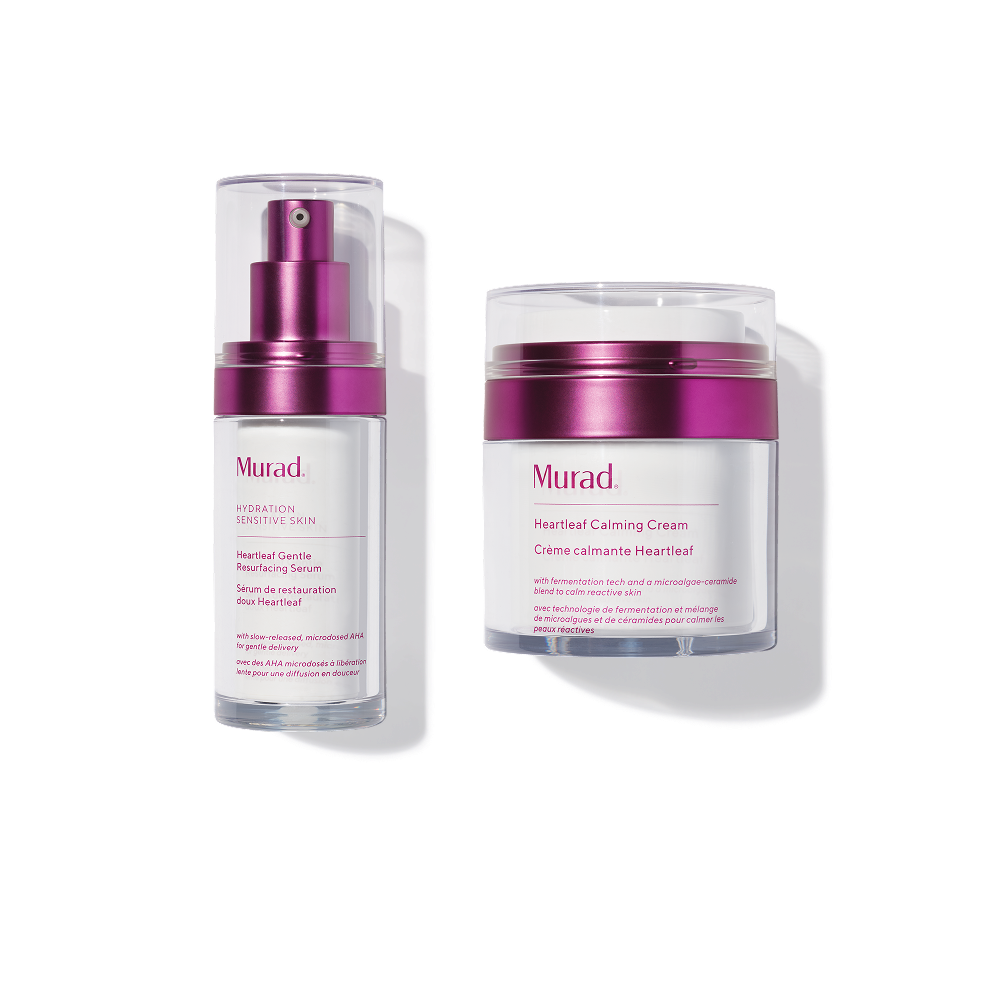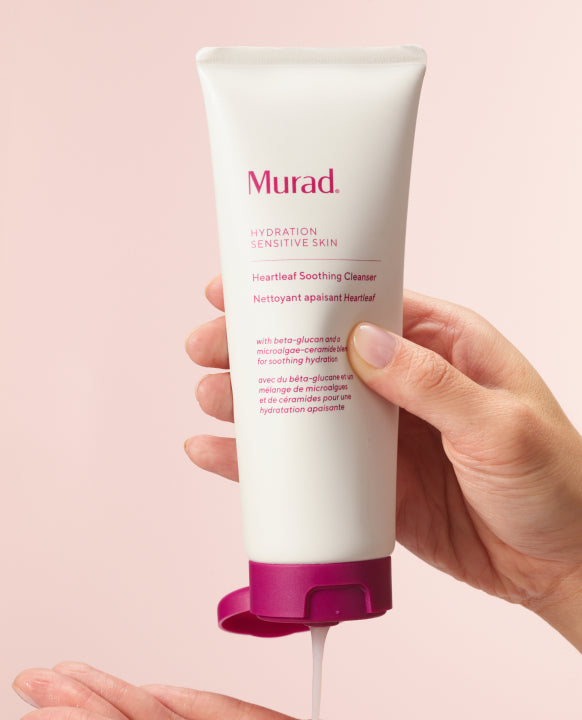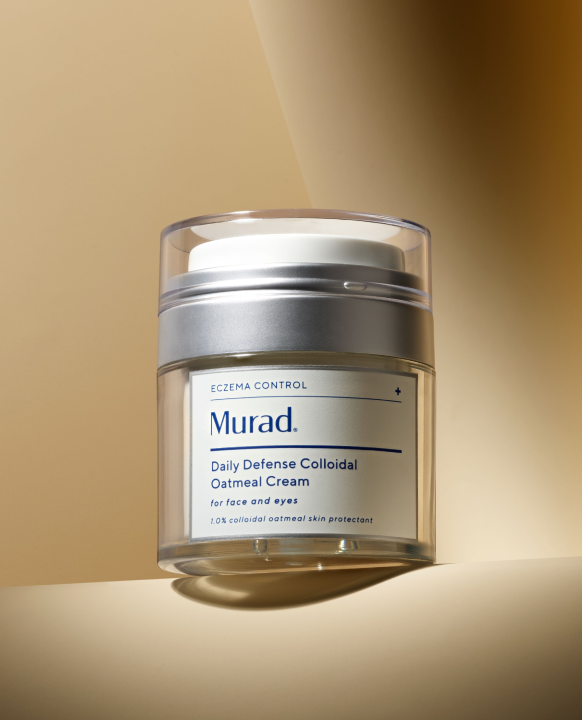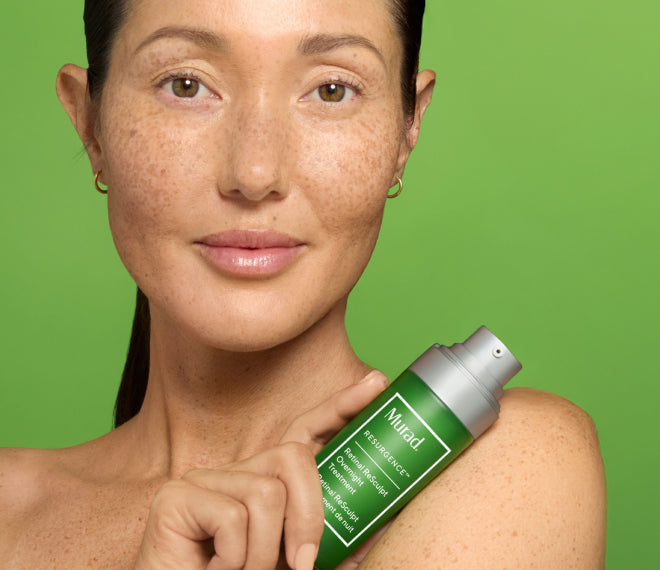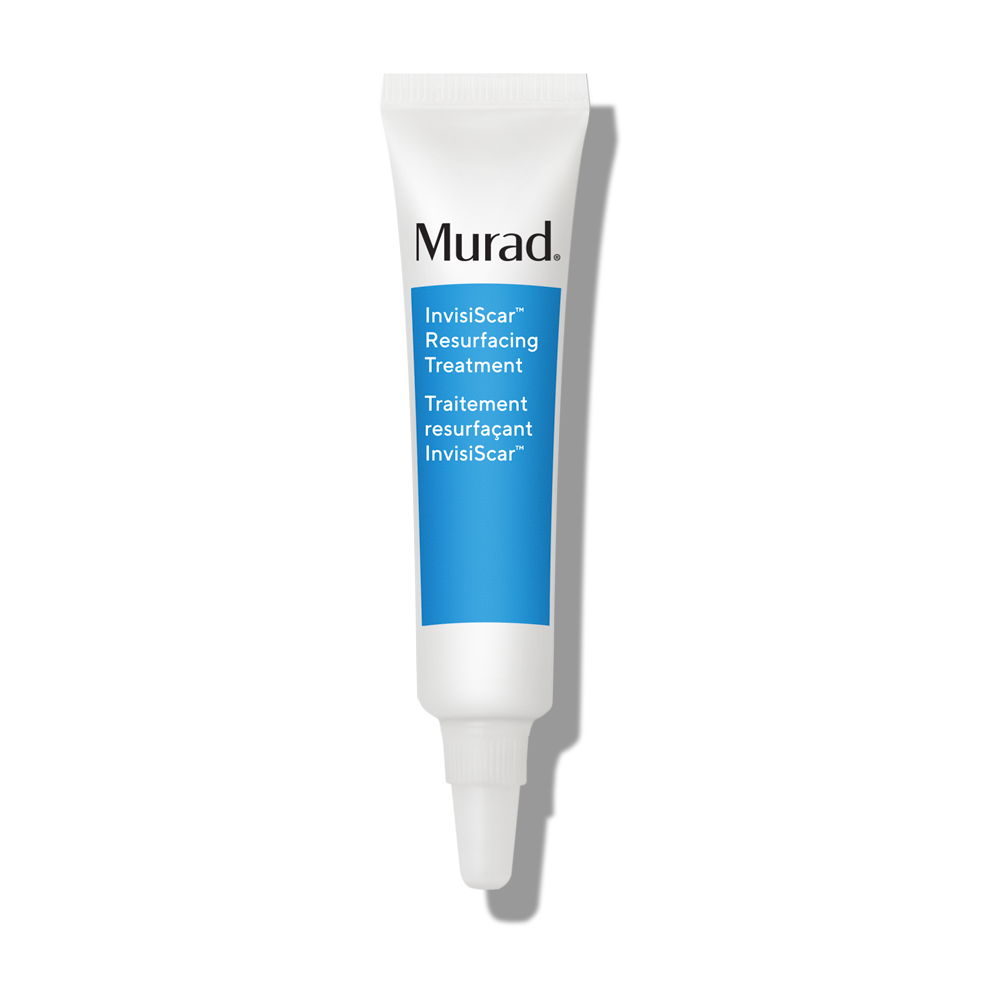Eczema explained, part 1

The tell-tale symptoms of eczema can be so maddening that the idea of determining your particular type may not even cross your mind. Some may wonder, exactly what is eczema and most importantly, can it be treated? Dermatologists know there are a total of seven ways to classify eczema, and diagnosing them correctly helps you treat eczema properly.
01 Atopic dermatitis
Atopic dermatitis (atopic eczema) is a chronic inflammatory skin condition that can appear on almost any part of the body. You’ll have a much higher chance of being diagnosed with atopic dermatitis if someone in your family has it. And there appears to be a correlation between having the condition and suffering from allergies, hay fever and asthma.
It typically surfaces in childhood, though it can crop up at any age and its symptoms include:
- Redness
- Dry patches
- Skin toughness
- Rashes that may emit clear liquid (or blood) when scratched
02 Contact dermatitis
Contact dermatitis is an acute skin reaction in response to either an irritant (like a chemical) or an allergen (any substance your immune system won’t tolerate). A rash is one of the tell-tale signs of allergic contact dermatitis. It can also arrive with: - A burning or stinging sensation
- Red or swollen skin
- Blisters
- Flakiness
Unlike atopic dermatitis, which is a chronic skin condition, contact dermatitis is acute. As such, it often clears up swiftly with immediate, proper treatment.
03 Neurodermatitis
This form of eczema impacts roughly 12% of the population. While it’s not contagious or life-threatening, it can be chronic, and it’s characterised by extreme itchiness and skin discomfort. Affected regions typically measure anywhere from 3 to 10 centimetres, and may also appear: - Scaly and discoloured
- Thick or leathery
- Dehydrated
The condition is a sleep-stealer—research shows that neurodermatitis becomes especially active at night when our bodies are at rest. The cause is unknown, but there’s some evidence to show the condition may be linked to emotional distress.
04 Dyshidrotic eczema
Dyshidrotic eczema, or pompholyx, accounts for approximately half of “hand dermatitis” cases. It’s a chronic and notorious condition known for causing the skin to break out into small blisters. It may result in cracked, dehydrated skin, as well as: - Scaliness or peeling
- Red, toughened skin
- Nail discolouration
- Pain
The precise cause of dyshidrotic eczema remains unclear. However, stress, extreme weather and exposure to metals can contribute to its onset.
05 Nummular eczema
Nummular eczema makes itself known with circular, coin-shaped sores that can crop up on the hands, arms, legs and stomach. It’s more prevalent in men, and symptoms include skin discolouration around nummular eczema breakouts (often appearing pink, red or brown), while the lesions can weep liquid and crust over. The condition can also provoke an itching, burning or stinging sensation on the skin.
Nummular eczema can be triggered by: - Overly dry skin
- Certain medications
- Injuries to your skin (like a scrape or an insect bite)
- Stress
As disturbing as these scattered lesions can be, they often fade within several days of treatment and in many cases won’t return.
06 Seborrheic dermatitis
Commonly referred to as dandruff, seborrheic dermatitis is one of the more common forms of eczema that tends to appear in places where you have hair, such as: - Scalp
- Eyebrows
- Behind the ears
- Around the sides of the nose
- Belly button
- Chest
Neither contagious nor a severe health risk, seborrheic dermatitis can usually be treated successfully with antifungal lotions, steroid creams or medicines. While its causes are unknown, some experts think it may have to do with an overgrowth of Malassezia, a specific type of yeast that’s normally found (in smaller amounts) in the skin.
07 Stasis dermatitis
Stasis dermatitis, also called gravitational dermatitis, is a type of eczema that causes fluid to accumulate and leak into the lower limbs of the body and is often accompanied by skin discolouration known as “cayenne spots.”
In addition to redness, itchiness, and scaling, it can also trigger: - Pain
- Achiness and heaviness in the legs
- Shiny skin (which typically occurs in advanced cases)
A strain of eczema that typically affects people over the age of 50, stasis dermatitis may be linked to a condition known as venous insufficiency, where people experience depressed circulation in the legs, which can cause blood to stagnate in the lower body, leading to a loss of blood flow to the skin. In many cases, this compromised blood flow winds up triggering stasis dermatitis.
This type of eczema has also been linked to: - Underlying health issues, like kidney or heart disease
- Varicose veins
- Lack of exercise
Since the causes of eczema aren’t well understood, it’s likely your healthcare provider will recommend a multi-pronged approach to management, from developing a sensitive skincare routine and avoiding triggers to managing stress.
The views expressed in this article do not necessarily represent the views of Murad, and are for informational purposes only, even if the advice of physicians and medical practitioners are included. This article is not a substitute for professional medical advice, diagnosis, or treatment, and should not be considered specific medical advice.
About the Author
Jacki Marzano is SoCal-based storyteller and head copywriter at Murad Skincare. She's shaped the voice of some of the most recognized beauty brands in the business, has a penchant for sharing homemade cookies, and believes SPF is the secret to getting carded well into your 40s.
